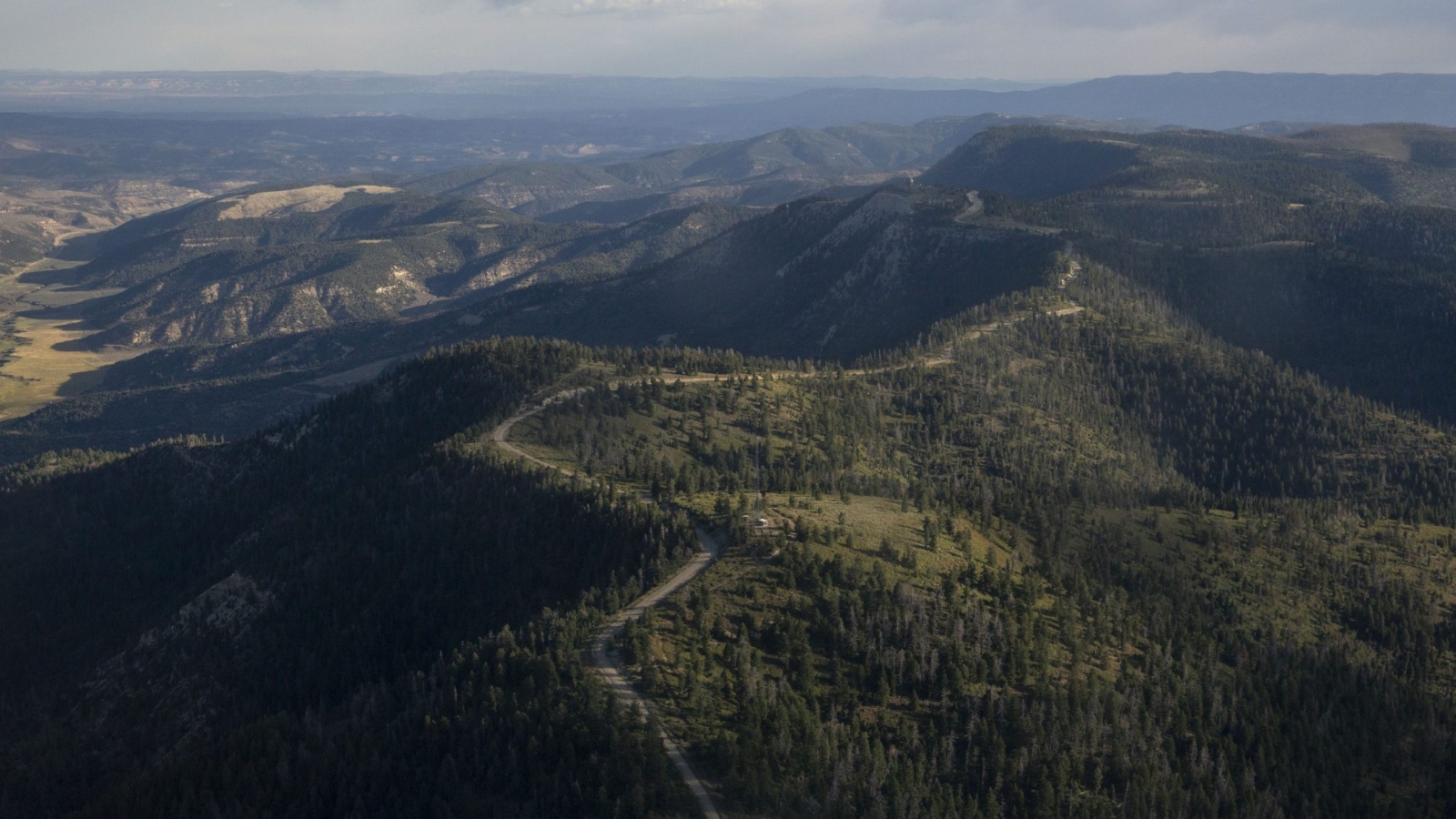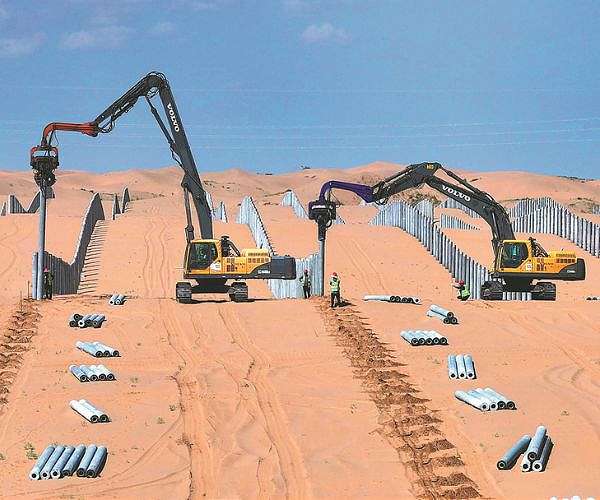
California is nation’s leader of generating electricity from geothermal resources. Geothermal power accounts for around 6{7bfcd0aebedba9ec56d5615176ab7cebc5409dfb82345290162ba6c44abf8bc8} of California’s utility-scale generation.
California has 40 operating geothermal power plants with the total installed capacity of around 2,700 MW.
The Geysers, the world’s largest complex of geothermal power plants, supply the power needs of Sonoma, Lake, and Mendocino counties, as well as a portion of Marin and Napa counties.
The Geysers complex is one of only two vapor-dominated systems in the world. This means the formation produces steam directly, which can be tapped more efficiently to generate electricity.
The Geysers has a generating capacity of about 725 megawatts of electricity which is roughly enough to power 725,000 homes, or a city the size of San Francisco.
There are plans to plans to significantly expand geothermal power generation at the Geysers geothermal fields in Northern California. According to these plans there should be more investment into “smaller-sized, low-water-usage plants.”
In southern California, the Imperial Valley Geothermal Area consists of eleven active geothermal power plants along the southeastern shore of the Salton Sea.
California has set out to obtain 60{7bfcd0aebedba9ec56d5615176ab7cebc5409dfb82345290162ba6c44abf8bc8} of its power from renewables by 2030 and rely on 100{7bfcd0aebedba9ec56d5615176ab7cebc5409dfb82345290162ba6c44abf8bc8} carbon-free electricity by 2045. In order to achieve this goal geothermal power should play much bigger role in state’s energy portfolio.
In February 2022, California Public Utilities Commission adopted a new Preferred System Plan that encourages the state to develop 1,160 megawatts of new geothermal electricity.
California has long history of harnessing geothermal energy with first commercial geothermal well being drilled in 1955 and the first commercial geothermal power plant in The Geysers in California was put into operation in 1960.







